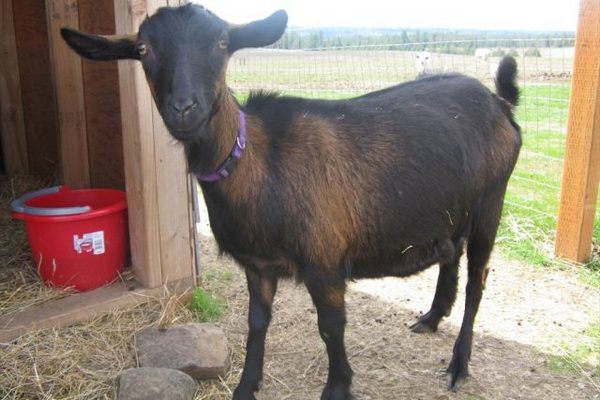
The Oberhasli is a modern American breed of dairy goat. It derives from the subtype of Chamois Colored Goat from the Oberhasli district of the Bernese Oberland in central Switzerland. All purebred members of the breed descend from five Chamois Colored Goats imported to the United States in 1936.
Oberhasli, breed of dairy goat from Switzerland, particularly Bern canton, where it is known as the Oberhasli-Brienzer. The most distinctive feature of the Oberhasli is its colour pattern, known as chamoisée. The short, glossy coat is a deep reddish bay broken by black markings on the muzzle and forehead, with a black stripe running down the back to the tail, a black belly, and black legs below the knees. Oberhaslis are occasionally born all black; of these, only the females are accepted as purebred.
Oberhaslis are medium-sized goats with long, upright ears, a straight nose, large eyes, and an alert appearance. The does are reliable milk producers, and the bucks and wethers (castrated males) have been used as pack animals because of their strength and sure-footedness. They have been bred in North America since the early 20th century, though for years they were categorized as Swiss Alpines and were often crossed with other Alpine breeds. In 1979, following a determined campaign of strict breeding, Oberhaslis were officially recognized as a distinct breed in North America.